This article was originally published in the 2018 Legal Geek Conference Magazine.

Richard Mabey is the CEO of Juro, an end-to-end contract management tool which Deliveroo and Skyscanner use to make contracts faster, smarter and more human. In this article Richard discusses the value in getting away from technology as part of an effective innovation process.
Who’s the best tech company in the world? Probably Google, right? So how do they innovate in legal? The same way they innovate everywhere else: with a design sprint. No tech required: just a brief, some user research, 5-7 stakeholders and a deck. Most importantly, lots of whiteboards, markers, post-its, sellotape and scissors. AI and blockchain hype not welcome.
The 5 steps
- Understand – quickly talk through key references, competitors and inspirations. Who does this well? Frame your problem before trying to solve it.
- Sketch – get your ideas down on paper, individually. Vote on them together and narrow them down to one great idea each.
- Decide – present ideas and vote again, or find a way to decide on the best idea.
- Prototype – this needn’t be robust, just the basics you need to validate the solution – whether that’s an excel sheet, a new report, a template – whatever works.
- Validate – let some users try your prototype and advise on whatever it’s technically possible to build for real.
When done, review the sprint and decide what you’ve learned from your failures, which elements worked, and which elements could be implemented now. Every sprint should have actionable outcomes for product development.

Richard Mabey and Juro won the Start-up Pitching Award at the 2017 Legal Geek Conference.
Bringing design sprints to your legal team – top tips
- Stakeholders first: Find out what the needs of the lawyers and decision-makers (who will use the contract) are. This will ensure the sprint addresses actual needs.
- Fail early: lawyers don’t generally ‘do’ failure – it means a big liability, a breach of contract, a bet-the-company risk. But in design, failure and iteration lead to better outcomes. Accept the critiques – it’ll be worth it.
- Get buy-in: select a regulatory imperative, or a data-driven argument that can’t be refuted. Colleagues in product teams are used to this way of working – see if they’ll support you.
- Keep forward momentum: get management on-side. Legal design projects have to align with business KPIs to succeed.
- Ready your toolbox: Mindset is more important than the tools you use, but if you’re preparing to run a sprint, Jira or Trello can help with project management, post-its and a whiteboard are invaluable for codifying ideas, GoogleSlides keeps everyone on track, and InVision helps you test prototypes and mockups. Above all, give it a try, and you may find a sprint can help you improve processes faster than you thought possible.
https://www.legalgeek.co/legaldesign/


